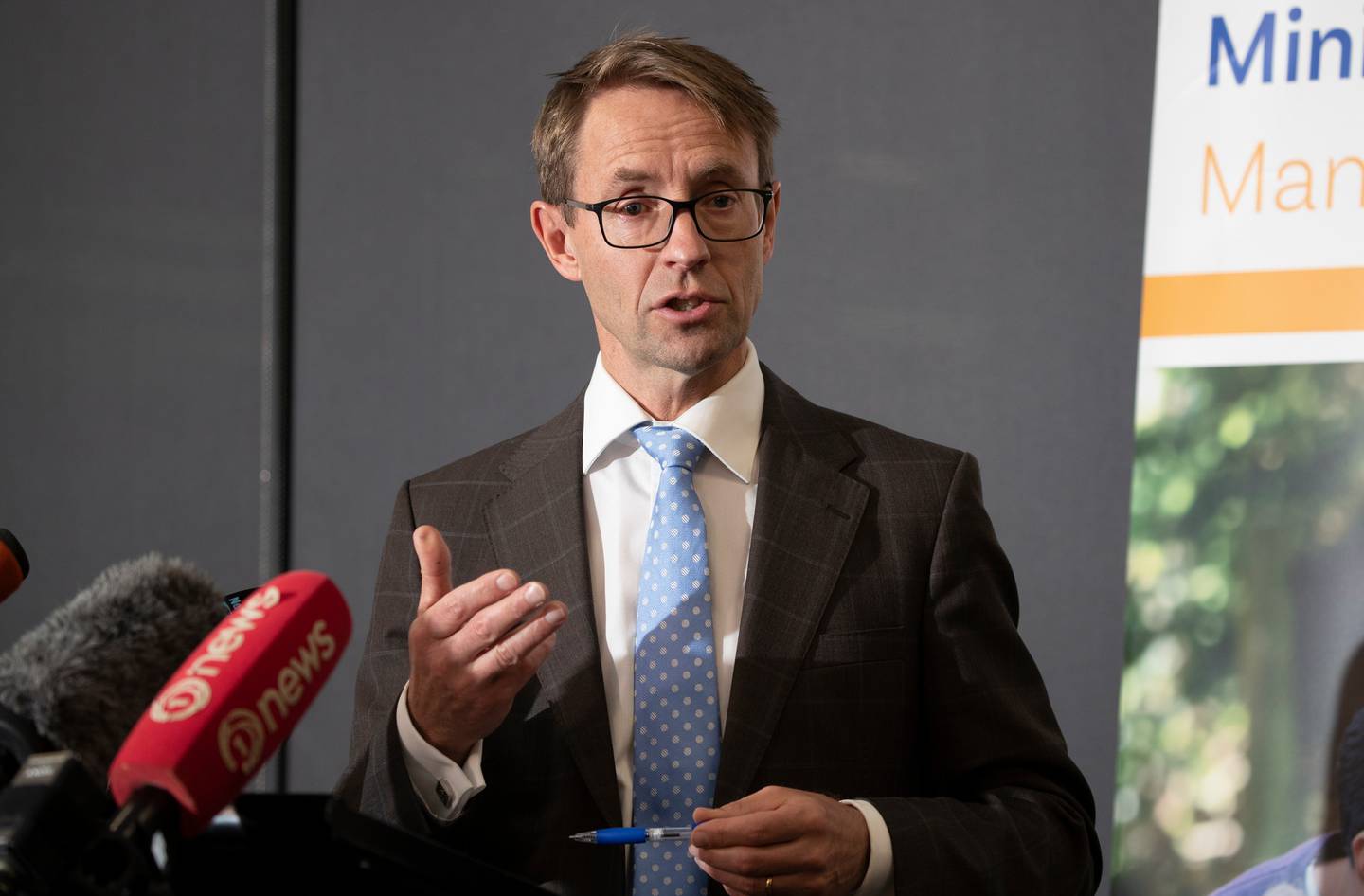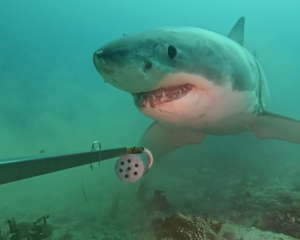There are no new positive cases of Covid-19 in the community today.
There are six new cases in managed isolation, Director-general of health Ashley Bloomfield says.
Two people from managed isolation facilities are in Auckland hospitals - both are in stable condition.
Bloomfield said he was pretty confident of a "sharp perimeter" around the current outbreak.
"Now is not the time to reassess alert levels but Cabinet is meeting tomorrow on that," Bloomfield said.
"What we will be looking for over next 24 to 48 hours is continuing our close contacts remain in isolation.
"I'd like to see tail plus contact, particularly from the gym, those test results coming in, and of course not seeing any other cases pop up rom the community. All of this will give us confidence there is no on-going transmission.
"The priority is to make sure we have tied up all loose ends from the college and casual plus contacts from the earlier Kmart exposure, MIT and the gym last week."
Eleven Papatoetoe High School students have had no second test result yet.
Eight were visited yesterday - two had refused tests but were being managed with isolation plans. There is one student the ministry is still actively trying to find.
It was important to get to the last remaining students before making any decision on whether Auckland would change alert levels, Covid Response Minister Chris Hipkins said earlier today.
Bloomfield said the Papatoetoe High School community responded well - "that is hugely helpful and complimentary to any messages we put out publicly."
On students refusing a test: "There is a small number of people who subscribe to the idea that Covid-19 doesn't exist, but they are managed and isolated and made sure there is no risk.
"All 15 cases we have got are in four families. All are contained in Auckland quarantine facility and really we are going back to confirm there's no on-going transmission," Bloomfield said.
"We just need to be sure there hadn't been seeding of this outbreak outside of Auckland.
"The vast majority of people are doing what they are asked," Bloomfield said.
"People know what's expected and they do it, and that's how we've been successful."
There are no other "exposure events" for case N - the main one was workplace colleagues and they have all tested negative.
Wastewater test results from ESR results have all come back negative, Bloomfield said.
He defended the importance of wastewater testing, saying it provides another level of assurance that there is no community transmission.

Saliva testing
Trials of saliva testing in quarantine facilities are under way, with two or three private providers.
"We had already been looking over the last three weeks, one company is willing, eager and ready to go, but they are not the only one," Bloomfield said.
"Saliva testing still uses PCR lab process, so our current labs. There is quite a lot of work they have on with current testing, so the idea would be if we can get to arrangement with a private provider," Bloomfield said.
Science for saliva testing has now been validated, Bloomfield said.
"The trial is about acceptability and practicality.
"It's actively under way."
South Auckland a priority
Thirteen DHBs are rolling out immunisation programmes, including all who have an airport, to inoculate the border workforce
So far, two-thirds of the border workforce have had vaccinations.
Bloomfield says he's asked officials to look at prioritising South Auckland in the vaccine rollout"
The majority of the border workforce are based in South Auckland.
"We're putting a layer of protection by vaccinating those workers and their whanau. I've asked the team to start thinking about when we start that wider roll-out, that we first go to the South Auckland community."
Active case N
In terms of active case N, Bloomfield said "we have found many people at the gym but still some with test results pending and some need to remain isolating.
Bloomfield said 25,000 tests can be processed each day.
"The key things we are looking for are not just the fact we have casual and casual plus contacts ... wider testing provides assurance we don't have wider transmission."
Bloomfield said 45 home visits had been undertaken since Monday - in all visits, people expected to be isolating were doing so.
Of all attendees of CityFitness, 156 returned negative tests, with 29 due for testing.
Of the 44 casual plus contacts from MIT, two returned negative tests. All but two - who were being followed up - had been successfully contacted.
On symptoms
On different symptoms of Covid-19: "Some of the things we see here in NZ, you haven't seen overseas," Bloomfield said. Because the current cluster is made up of mostly young people, they are displaying symptoms that may not have been seen before.
The ministry hasn't rolled out a big vaccination campaign yet because the focus is on vaccinating border workforce and their family, Bloomfield said, but there has been engagement with iwi and Maori leaders.
"We won't be starting the wider vaccination programme until the second half of the year."













